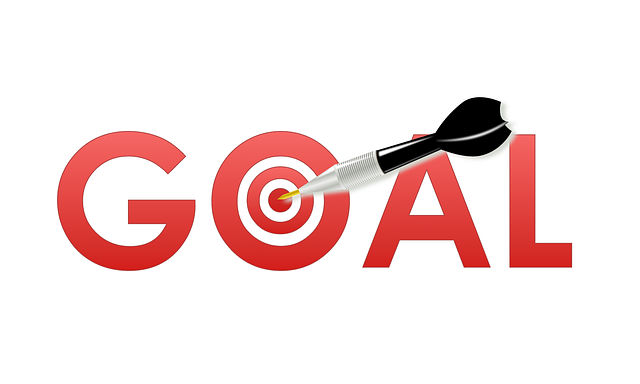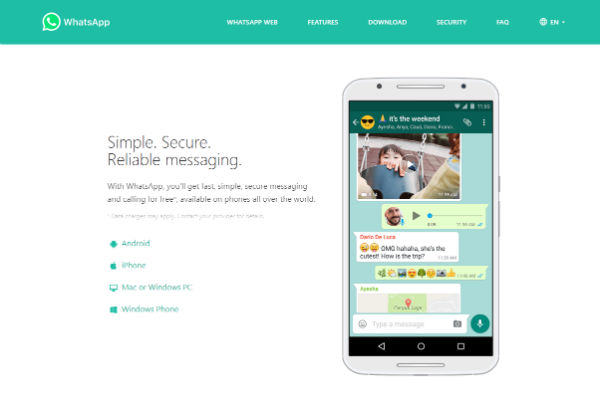Landing pages are crucial aspects of strategic inbound marketing. Ideally, businesses that increase their number of landing pages from 10 to 15 experience a 55% growth in terms of total leads.
With such results in terms of lead conversion, maybe it is time you reconsider your marketing strategy.
One of the greatest challenges face is how to optimize landing pages. Ordinarily, the conversation rate of a typical landing page is anywhere between 1% and 3%.
Most companies are aiming to have the conversation rates of landing pages be in the double digits.
The truth of the matter is that you can’t always get it right the first time. It is only after learning, launching, testing and optimizing can you expect the landing page conversion rate to improve.
Unfortunately, landing page conversion rate is among the top five challenges that B2B marketers encounter.
To overcome the problem, below is a guide on how to optimize landing pages for better conversions.
1. Set Your Campaign Goals

Sometimes we are tempted to think that the goal is obvious but in many instances than not-it is not. A common problem with landing pages is a lack of a specific goal or CTA.
Lack of focus on a particular goal is what confuses users with regards to the conversion aspect of the said landing page.
It is important to create landing pages that have a specific offer or solution. This way, the landing page doesn’t create confusion to users or make them lose focus.
2. Create Straightforward and Simple Headlines
Let’s face it-as a marketer, you only have very little time to grab the user’s attention.
Make sure that your headline is straightforward and bold. Don’t leave the users trying to interpret your headlines.
Note: ensure that the headlines are short and bold such that the user’s attention is promptly gabbed.
3. Compelling Flow of Text is Key

Few people will have time to analyze the details of a page they hardly comprehend from the onset. If you want to improve the conversion rate of your landing page, make sure that the text is convincing and straight to the point.
Setting up a FAQ page is an amazing way of improving landing page conversion rates. The questions addressed in this page are those that users might have concerns about before signing up.
Note: Your landing page might be pretty but the conversion rate will still be low if the content on the page is not convincing.
4. Use the Right Images
While content is important in landing page conversion rate, images are considered to influence call-to-action for users. Ideally, images bring in emotions to the content.
To make your image stand out, always use the right images that are sync with the content. This should include the images used as the header images to those used within the content.
Note: All you need for a successful landing page conversion rate is pairing the best image with the right content.
5. Use CTAs that Encourage Users to Act

Call to action or CTAs are perhaps the most vital elements in landing page conversion. Essentially, this is the best way to make users take action.
While everything seems so straightforward, getting users to take action is never easy. Everything matters from the color used to the message.
- Color: Always make sure that the color of your call-to-action button is different from the background color. For most CTAs, blue, orange or green colors are the best.
- Size: The size of the CTA button should be large and not obscured by the content such that users lose sight of it. However, it should also not be too big such that it is not in sync with the landing page layout.
- Message: The right message is what truly brings out the importance of CTAs. Try to code the message in such a way that it creates an urgent need for a certain product or service if you want to get the best out of improved conversion rate.
6. The Value Proposition Should be Highlighted
To get the customers’ attention, you need to tell them the uniqueness of what you are offering. Ideally, the value proposition is all about saying what is extraordinary about your product or services compared to your competition.
In terms of value proposition, Uber’s landing page is the best example.
We have come across stories of people who have had to quit their jobs and take up a job as an Uber driver. Uber’s landing page resonates with people who are in monotonous jobs looking for financial independence.
The page uses words such as “no office, no boss” and “work when you want” that seems to resonate well with users.
In order to create the right value proposition for your product or service, first understand your target audience.
Consider their pain points and craft a message that states how you can be of help to them.
Note: Value proposition will attract user’s interest when it is highlighted.
7. Loading Time is Important
You can spend a great amount of time coming up with the right content and the perfect images for your landing page. However, all that won’t matter if your page has a high loading time.
If your page can’t load within a few seconds, then you might as well bid the users goodbye.
You can use tools such as Google PageSpeed Insights for suggestions on your load time.
Make sure that the issues highlighted by various tools are addressed not only to improve the load time but for SEO purposes.
Note: The loading speed is the deal breaker for your landing page conversion. Make sure that the page loads in a matter of seconds.
8. Form Fields Optimization
The whole idea behind landing pages is to capture the contact details of users. This means that all your efforts with regards to content and image creation will be meaningless if users do not trust your form.
Assuming that your target is not enterprise clientele, a general rule of thumb is to always stick to asking for the user’s email address.
Developing a multi-page form is one way of smoothing the transition of generating leads.
The logic behind having multi-page forms is that you only ask for additional details from the users once they are committed to the deal.
Upshot –
Landing page optimization is no doubt a tough challenge since there is no proven strategy that is just right.
The steps above should at least guide you formulate ways of framing each element of your landing pages.
Improved conversion takes time which is why you should identify the main elements that trigger users to action on your landing pages.
